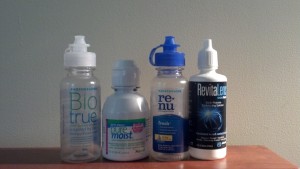Helpful Fund Information from Franklin
A streamlined product story is more important than ever. You’ve heard that before and I’ve thought it before. Heck, I mentioned it in a January post. Our recent FA conversations reminded me of that. When listening to FAs articulate a preference for one fund versus another, I realized how much information exists and the effort required for an FA to streamline and communicate that preference to a client.
In that vein, I think Franklin Templeton is onto something. This framework – Strategy, Benefits, Results – covers the basics in a straightforward process that simplifies transferring information from Franklin Templeton to the FA and consequently to the client. “Strategy, Benefits, Results” is worth checking into for any marketer within asset management.






